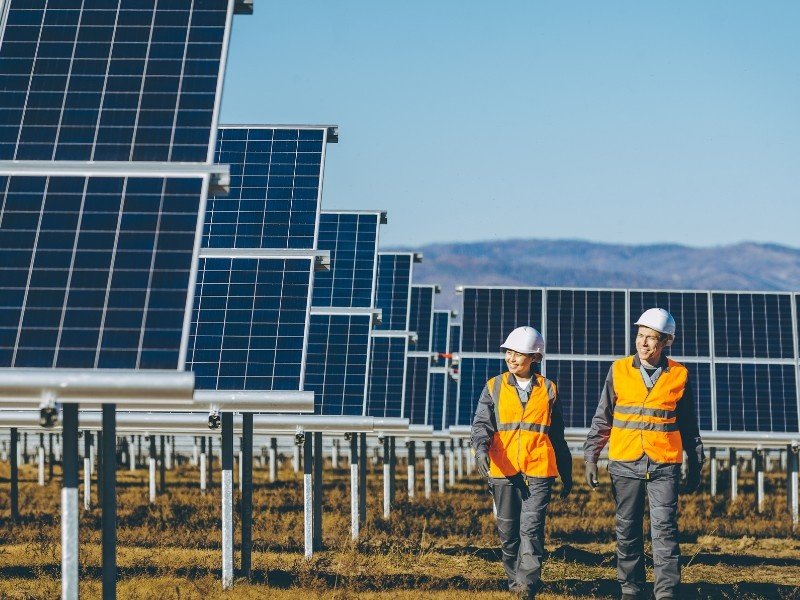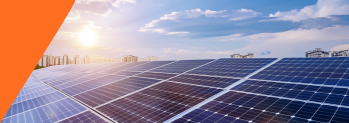Solar power is becoming increasingly vital in India’s journey toward sustainable energy. With a growing commitment to renewable energy, India has made significant strides in expanding its solar power capacity. Currently, India ranks among the top countries with the highest installed solar capacity, thanks to government initiatives and financial incentives aimed at reducing dependency on fossil fuels. Solar power plants present various benefits, including substantial long-term energy savings, environmental impact reduction, and access to subsidies.
This blog will guide you through the process of setting up a solar power plant in India, covering steps such as costs, available subsidies, and essential considerations.
Solar Power Plant and Its Types
A solar power plant generates electricity by converting sunlight into usable energy. These plants rely on photovoltaic (PV) panels that absorb sunlight and convert it into direct current (DC) electricity, which is then converted to alternating current (AC) electricity using inverters. This electricity can then be fed into the power grid or used locally.
India offers several solar plant options to suit different needs:
Step-by-Step Guide to Set Up a Solar Power Plant
Here is a simplified step-by-step process for setting up a solar power plant in India:


How much does Solar Power Plant Installation Cost?
The cost of a solar power plant in India depends on several factors:
Return on investment (ROI) for solar power plants in India generally ranges between 5 to 7 years, depending on factors like energy savings and available subsidies. For instance, with a 1 MW plant, businesses can save approximately INR 60-70 lakh per year on energy costs, making the investment worthwhile after subsidies and incentives.
Setting up a solar power plant involves challenges like:
- 1
Land Acquisition: Finding suitable land with adequate sunlight and proximity to the grid can be challenging.
- 2
High Initial Costs: Despite subsidies, the upfront investment can be substantial. Plan financing options or consider partnerships.
- 3
Regulatory Hurdles: Navigating the regulatory landscape and obtaining approvals can be time-consuming.
To overcome these challenges, consider hiring experienced contractors and conducting a detailed site assessment to understand solar potential and local regulations.




